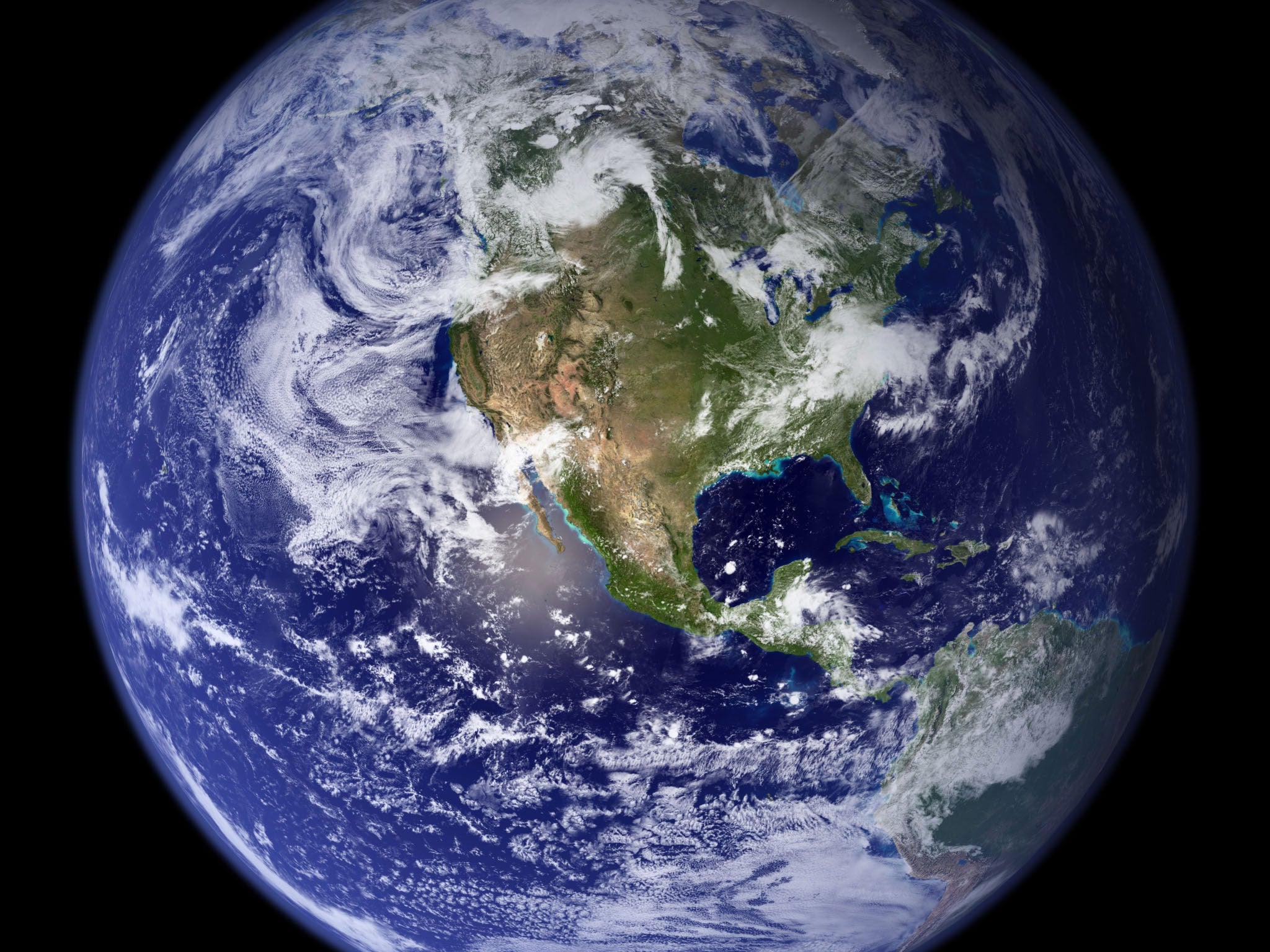Earth's worst-ever mass extinction of life holds 'apocalyptic' warning about climate change, say scientists
Some 250 million years ago, runaway global warming saw the planet's average temperature hit 29 degrees Celsius, compared to about 15C today

Researchers studying the largest-ever mass extinction in Earth’s history claim to have found evidence that it was caused by runaway global warming – and that the “apocalyptic” events of 250 million years ago could happen again.
About 90 per cent of all the living things on the planet were wiped out in the Permian mass extinction – described in a 2005 book called When Life Nearly Died – for reasons that have been long debated by scientists.
Competing theories have been put forward, including meteor strikes, huge volcanic eruptions and climate change.
Now a team of researchers from Canada, Italy, Germany and the US say they have discovered what happened and that their findings have “an important lesson for humanity” in how we deal with current global warming.
According to a paper published in the journal Palaeoworld, volcanic eruptions pumped large amounts of carbon dioxide into the air, causing average temperatures to rise by eight to 11°C.
This melted vast amounts of methane that had been trapped in the permafrost and sea floor, causing temperatures to soar even further to levels “lethal to most life on land and in the oceans”.
“Based on measurements of gases trapped in [the mineral] calcite, the release of methane … is deemed the ultimate source and cause for the dramatic life-changing global warming … observed at the end Permian.
“Global warming triggered by the massive release of carbon dioxide may be catastrophic, but the release of methane from hydrate [its frozen state] may be apocalyptic.
“The end Permian holds an important lesson for humanity regarding the issue it faces today with greenhouse gas emissions, global warming, and climate change.”
The paper said the average global temperature would have reached “well above 29°C”. Today’s average is about 15°C.
“The emission of carbon dioxide from volcanic deposits may have started the world onto the road of mass extinction, but it was the release of methane from shelf sediments and permafrost hydrates that was the ultimate cause for the catastrophic biotic event at the end Permian,” the researchers added.
Professor Peter Wadhams, head of the Polar Ocean Physics Group at Cambridge University, suggested a major methane pulse was possible.
However he said this would be “maybe not apocalyptic, but catastrophic”.
“If there were a large methane release, which is now possible because of the instability of the methane hydrates underneath the Arctic continental shelves, the off-shore waters, that could quite easily give rise to a very large pulse,” Professor Wadhams said.

He was one of the authors of a paper in the journal Nature, which suggested it was possible for a truly vast amount of frozen methane to be released over just 10 years – a blink of an eye in geological terms.
“We were concerned if there were a 50 gigatonne release, about eight per cent of the methane in the hydrates, that would give an immediate 0.6°C of global warming, which is a very large pulse indeed,” Professor Wadhams said.
“That modern threat is very real and very serious and has been disregarded a lot by the Intergovernmental Panel on Climate Change … I feel strongly about it.”
However, Professor Wadhams criticised the title of the Palaeoworld paper, which was “Methane hydrate: Killer cause of Earth’s greatest mass extinction”.
“There’s a serious tendency these days to offer a breathless overkill on the importance of a discovery. The title of the paper is over the top,” he said.
“Methane may or may not be the cause of the extinctions described. The evidence is equivocal. It doesn’t justify all the razzamatazz.”
And Professor Tim Palmer, an Oxford University physicist who has worked on the IPCC reports, said it was unclear what future humanity was facing.
“The relevance of such apocalyptic scenarios for the present climate-change debate depends on cloud feedbacks being significantly and substantially positive,” he told The Independent.
“Without them we will probably not warm enough for these releases of methane to occur – another reason to do our utmost to try to understand such cloud feedbacks.”
In a recent talk at the Royal Society in London, Professor Palmer suggested “lukewarmists”, who downplay the dangers of climate change, and “catastrophists”, who do the opposite, were both making the same mistake.
The science, he said, suggested a range of possible outcomes from one to the other and it was unclear what would happen.
However, Professor Palmer said computer models which accurately simulated the Earth’s climate suggested it was more likely that humanity was on course for global warming at levels considered to produce particularly dangerous weather conditions.
Join our commenting forum
Join thought-provoking conversations, follow other Independent readers and see their replies
Comments
Bookmark popover
Removed from bookmarks